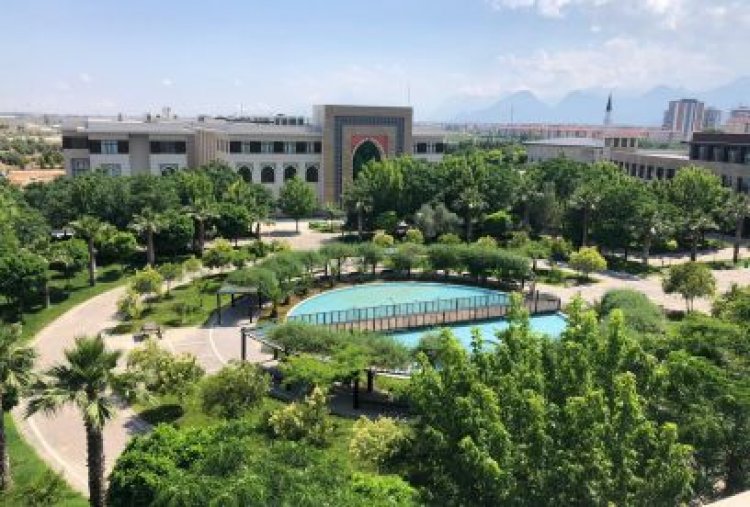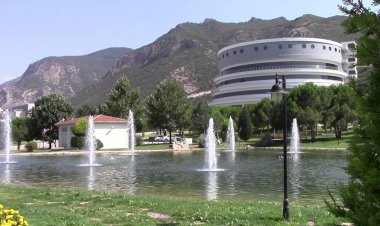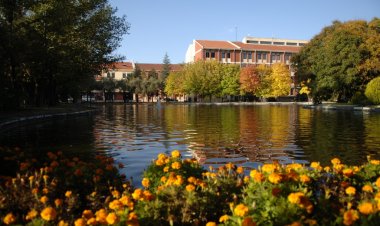Optimizing bus lines using genetic algorithm for public transportation
Optimizing bus lines using genetic algorithm for public transportation Batuhan, Bulut; Günay, Melih; Özgün, Kamer; Ledet, Joseph Due to increasing human population, the need for quality public transportation has also increased. This study takes stop density, stop layout, and passenger population of those stops into consideration to offer a better regulated public transportation network design that can satisfy the increased demand. In this study, the boarding data is provided by the public transportation department of the city of Antalya, Turkey. Remaining required data was automatically generated using web services and stored in a PostgreSQL database hosted on a cloud server. After visualizing inputs such as bus routes, stop layout, and passenger density on Google Maps and KeplerGL, with the use of the K-Means algorithm, data was clustered to find ”hot” (i.e. attraction) areas on a macro scale. A novel means of connecting hot spots suggested by the outcome of the Genetic Algorithm was developed. To compare the effectiveness of the proposed approach with the existing network, current bus stops were mapped to the new domain. It was observed that a more efficient system was achieved by higher route efficiency and lower transfer counts. International Conference on Smart City Applications (6. : 2021 : Safranbolu, Karabük, Turkey)

Optimizing bus lines using genetic algorithm for public transportation Batuhan, Bulut; Günay, Melih; Özgün, Kamer; Ledet, Joseph Due to increasing human population, the need for quality public transportation has also increased. This study takes stop density, stop layout, and passenger population of those stops into consideration to offer a better regulated public transportation network design that can satisfy the increased demand. In this study, the boarding data is provided by the public transportation department of the city of Antalya, Turkey. Remaining required data was automatically generated using web services and stored in a PostgreSQL database hosted on a cloud server. After visualizing inputs such as bus routes, stop layout, and passenger density on Google Maps and KeplerGL, with the use of the K-Means algorithm, data was clustered to find ”hot” (i.e. attraction) areas on a macro scale. A novel means of connecting hot spots suggested by the outcome of the Genetic Algorithm was developed. To compare the effectiveness of the proposed approach with the existing network, current bus stops were mapped to the new domain. It was observed that a more efficient system was achieved by higher route efficiency and lower transfer counts. International Conference on Smart City Applications (6. : 2021 : Safranbolu, Karabük, Turkey)

 Bilgi
Bilgi 















